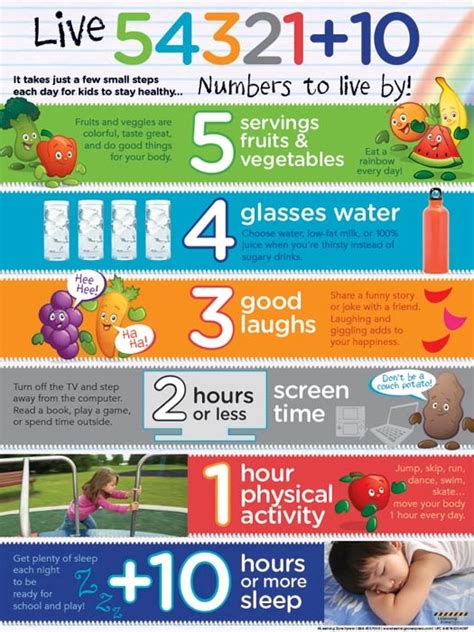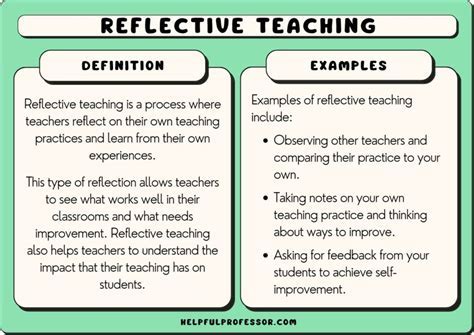Intro
Establishing healthy eating habits in children is crucial for their overall development, growth, and well-being. A well-balanced diet provides the necessary nutrients, vitamins, and minerals that support healthy growth, strong immune systems, and optimal energy levels. Furthermore, healthy eating habits formed during childhood can have a lasting impact on their relationship with food and their eating habits as adults. With the increasing prevalence of childhood obesity and related health issues, it is essential for parents, caregivers, and healthcare professionals to prioritize healthy eating habits in children.
The importance of healthy eating in childhood cannot be overstated. A diet rich in whole foods, fruits, vegetables, whole grains, and lean proteins helps to support healthy growth and development, while also reducing the risk of chronic diseases such as heart disease, diabetes, and certain types of cancer. Additionally, healthy eating habits can have a positive impact on a child's mental health and well-being, with a balanced diet providing the necessary nutrients for optimal brain function and development. With the numerous benefits of healthy eating, it is essential to educate children on the importance of nutrition and provide them with the necessary tools to make informed food choices.
Healthy eating habits are formed from a young age, and it is essential for parents and caregivers to model healthy behaviors and provide a supportive environment that encourages healthy eating. This can include involving children in meal planning and preparation, providing a variety of healthy food options, and limiting the availability of unhealthy foods. By making healthy eating a family affair, parents can help their children develop a positive relationship with food and establish healthy eating habits that will last a lifetime.
Benefits of Healthy Eating in Childhood

The benefits of healthy eating in childhood are numerous and well-documented. Some of the most significant advantages of a balanced diet include:
- Supporting healthy growth and development
- Reducing the risk of chronic diseases such as heart disease, diabetes, and certain types of cancer
- Promoting optimal energy levels and reducing the risk of fatigue
- Supporting healthy brain function and development
- Reducing the risk of mental health issues such as anxiety and depression
- Encouraging healthy eating habits that can last a lifetime
In addition to these benefits, a healthy diet can also have a positive impact on a child's academic performance, with a balanced diet providing the necessary nutrients for optimal brain function and development.
Key Components of a Healthy Diet
A healthy diet for children should include a variety of foods from all food groups, including:- Fruits and vegetables
- Whole grains
- Lean proteins
- Low-fat dairy products
- Healthy fats
It is also essential to limit the availability of unhealthy foods, such as sugary snacks and drinks, fast food, and processed meats.
Working Mechanisms of Healthy Eating

The working mechanisms of healthy eating are complex and involve multiple factors. Some of the key mechanisms include:
- Providing the necessary nutrients for healthy growth and development
- Supporting healthy brain function and development
- Reducing the risk of chronic diseases such as heart disease, diabetes, and certain types of cancer
- Promoting optimal energy levels and reducing the risk of fatigue
- Encouraging healthy eating habits that can last a lifetime
By understanding the working mechanisms of healthy eating, parents and caregivers can provide their children with the necessary tools to make informed food choices and develop healthy eating habits.
Steps to Promote Healthy Eating
Promoting healthy eating in children requires a multi-faceted approach that involves parents, caregivers, and healthcare professionals. Some of the key steps include:- Modeling healthy behaviors and providing a supportive environment that encourages healthy eating
- Involving children in meal planning and preparation
- Providing a variety of healthy food options
- Limiting the availability of unhealthy foods
- Educating children on the importance of nutrition and providing them with the necessary tools to make informed food choices
By following these steps, parents and caregivers can help their children develop healthy eating habits that will last a lifetime.
Practical Examples of Healthy Eating

There are numerous practical examples of healthy eating that parents and caregivers can use to promote healthy eating in children. Some of the most effective examples include:
- Involving children in meal planning and preparation
- Providing a variety of healthy food options
- Limiting the availability of unhealthy foods
- Encouraging children to try new foods
- Modeling healthy behaviors and providing a supportive environment that encourages healthy eating
By using these practical examples, parents and caregivers can help their children develop healthy eating habits that will last a lifetime.
Statistical Data on Healthy Eating
The statistical data on healthy eating is clear: a balanced diet that includes a variety of foods from all food groups is essential for healthy growth and development. Some of the most significant statistics include:- Children who eat a balanced diet are more likely to have optimal energy levels and reduced risk of fatigue
- A healthy diet can reduce the risk of chronic diseases such as heart disease, diabetes, and certain types of cancer
- Children who eat a balanced diet are more likely to have healthy brain function and development
- A healthy diet can reduce the risk of mental health issues such as anxiety and depression
By understanding the statistical data on healthy eating, parents and caregivers can provide their children with the necessary tools to make informed food choices and develop healthy eating habits.
Benefits of Family-Based Healthy Eating

The benefits of family-based healthy eating are numerous and well-documented. Some of the most significant advantages include:
- Promoting healthy eating habits that can last a lifetime
- Reducing the risk of chronic diseases such as heart disease, diabetes, and certain types of cancer
- Supporting healthy brain function and development
- Encouraging healthy eating habits in children
- Providing a supportive environment that encourages healthy eating
By making healthy eating a family affair, parents can help their children develop a positive relationship with food and establish healthy eating habits that will last a lifetime.
Key Components of Family-Based Healthy Eating
A family-based approach to healthy eating should include the following key components:- Modeling healthy behaviors and providing a supportive environment that encourages healthy eating
- Involving children in meal planning and preparation
- Providing a variety of healthy food options
- Limiting the availability of unhealthy foods
- Educating children on the importance of nutrition and providing them with the necessary tools to make informed food choices
By including these key components, parents and caregivers can help their children develop healthy eating habits that will last a lifetime.
Challenges of Promoting Healthy Eating in Children

Promoting healthy eating in children can be challenging, especially in today's fast-paced world where unhealthy foods are readily available. Some of the most significant challenges include:
- Limited access to healthy food options
- High cost of healthy foods
- Limited time for meal planning and preparation
- Influence of unhealthy food marketing on children
- Difficulty in getting children to try new foods
By understanding these challenges, parents and caregivers can develop effective strategies to promote healthy eating in children.
Strategies to Overcome Challenges
There are numerous strategies that parents and caregivers can use to overcome the challenges of promoting healthy eating in children. Some of the most effective strategies include:- Involving children in meal planning and preparation
- Providing a variety of healthy food options
- Limiting the availability of unhealthy foods
- Educating children on the importance of nutrition and providing them with the necessary tools to make informed food choices
- Modeling healthy behaviors and providing a supportive environment that encourages healthy eating
By using these strategies, parents and caregivers can help their children develop healthy eating habits that will last a lifetime.
Conclusion and Future Directions

In conclusion, promoting healthy eating in children is essential for their overall development, growth, and well-being. By understanding the benefits, working mechanisms, and key components of healthy eating, parents and caregivers can provide their children with the necessary tools to make informed food choices and develop healthy eating habits. Additionally, by using practical examples, statistical data, and family-based approaches, parents and caregivers can overcome the challenges of promoting healthy eating in children.
As we look to the future, it is essential to continue promoting healthy eating in children and providing them with the necessary tools to make informed food choices. By working together, we can help children develop healthy eating habits that will last a lifetime and reduce the risk of chronic diseases.
What are the benefits of healthy eating in childhood?
+The benefits of healthy eating in childhood include supporting healthy growth and development, reducing the risk of chronic diseases, promoting optimal energy levels, and encouraging healthy eating habits that can last a lifetime.
What are the key components of a healthy diet for children?
+A healthy diet for children should include a variety of foods from all food groups, including fruits, vegetables, whole grains, lean proteins, and low-fat dairy products.
How can parents and caregivers promote healthy eating in children?
+Parents and caregivers can promote healthy eating in children by modeling healthy behaviors, involving children in meal planning and preparation, providing a variety of healthy food options, and limiting the availability of unhealthy foods.
We hope this article has provided you with valuable insights into the importance of healthy eating in childhood. If you have any questions or comments, please do not hesitate to reach out. We encourage you to share this article with your friends and family, and to take the first step towards promoting healthy eating in children. Together, we can help children develop healthy eating habits that will last a lifetime.
